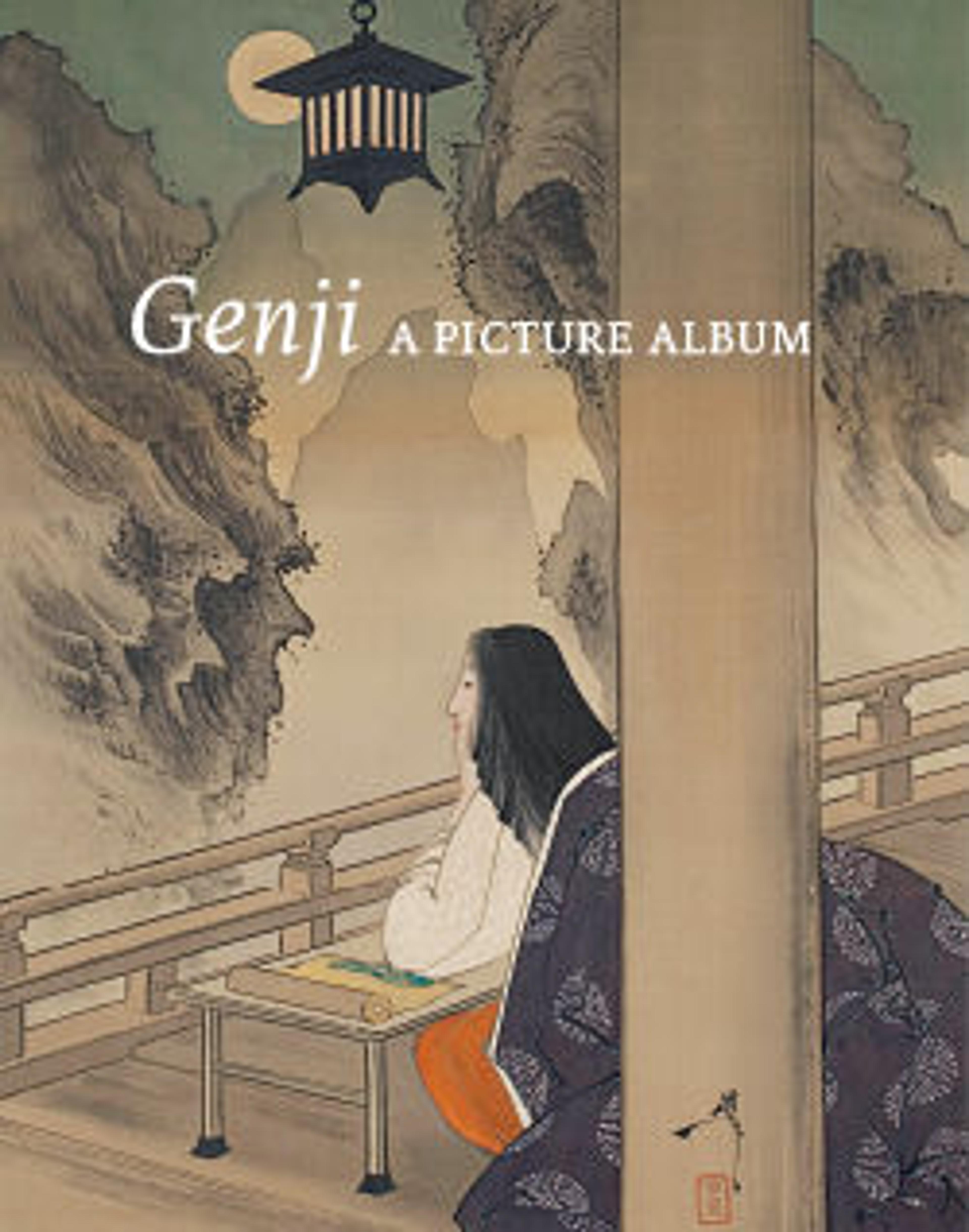Bellflowers (Asagao), from the series Genji in Fashionable Modern Guise (Fūryū yatsushi Genji: Asagao)
In this “modernization” of Chapter 20, “Bellflowers,” Genji’s unsuccessful pursuit of Princess Asagao is given an Edo-period setting. The palace interior teems with stylish women, and Genji and Asagao are shown exchanging poems; in the tale, they do so only through intermediaries. The figures, tall and slender with refined features, are characteristic of Chōbunsai Eishi’s prints and paintings. As in other prints from this series of triptychs, the colors are limited, in this case to gray-blue, yellow, and a touch of green. In this respect they conform to the technique of beni-girai, or “avoiding red,” fashionable in the late 1700s.
Artwork Details
- 「風流やつし源氏 朝顔」
- Title: Bellflowers (Asagao), from the series Genji in Fashionable Modern Guise (Fūryū yatsushi Genji: Asagao)
- Artist: Chōbunsai Eishi 鳥文斎栄之 (Japanese, 1756–1829)
- Period: Edo period (1615–1868)
- Date: 1789–92
- Culture: Japan
- Medium: Triptych of woodblock prints; ink and color on paper
- Dimensions: a: H. 14 7/8 in. (37.8 cm); W. 9 7/8 in. (25.1 cm); b: H. 14 7/8 in. (37.8 cm); W. 9 3/4 in. (24.8 cm); c: H. 15 in. (38.1 cm); W. 10 in. (25.4 cm)
- Classification: Prints
- Credit Line: Fletcher Fund, 1929
- Object Number: JP1569
- Curatorial Department: Asian Art
More Artwork
Research Resources
The Met provides unparalleled resources for research and welcomes an international community of students and scholars. The Met's Open Access API is where creators and researchers can connect to the The Met collection. Open Access data and public domain images are available for unrestricted commercial and noncommercial use without permission or fee.
To request images under copyright and other restrictions, please use this Image Request form.
Feedback
We continue to research and examine historical and cultural context for objects in The Met collection. If you have comments or questions about this object record, please contact us using the form below. The Museum looks forward to receiving your comments.
